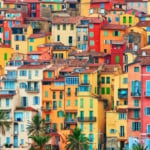Name: The Place de la Comédie and The Esplanade Charles de Gaulle
Address:Esplanade Charles-de-Gaulle, 34000 Montpellier
Related Site : https://www.montpellier-tourisme.fr/offre/fiche/place-de-la-comedie/PCULAR034V50LIGI
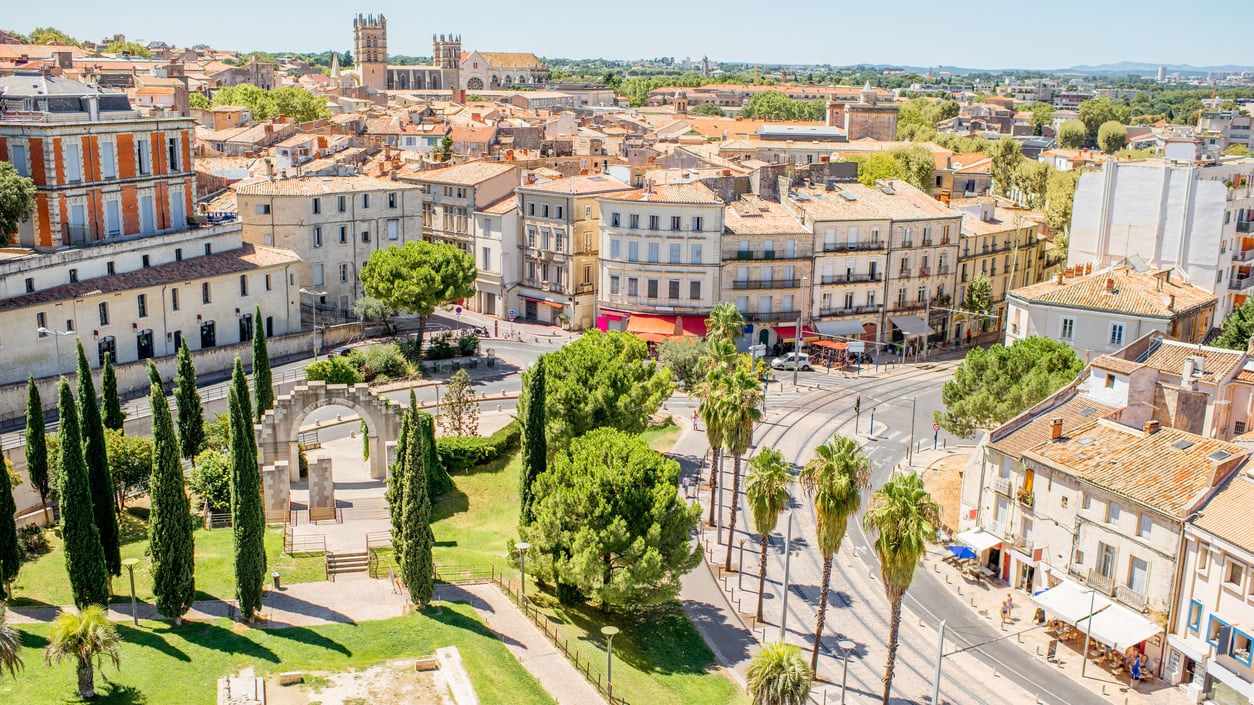
Montpellier : The Historic Medieval Center and Paradise to Stroll
Montpellier is, at any season, the most attractive city in the South of France. Elegant and cultural, with Mediterranean blood flowing in its veins, the town has the dynamism to spare. Due to lack of industry, Montpellier has mainly focused on students and their virtuosity. World-renowned architects are always there to add new architectural gems to new neighborhoods. Montpellier's streetcars, the latest of which were designed by Christian Lacroix, are moving paintings that have been called "the sexiest in the world". Admit it takes a surprising city to make sexy trams.
table of contents
[x] close
Montpellier : The Historic Medieval Center and Paradise to Stroll
- 1. The Place de la Comédie and The Esplanade Charles de Gaulle
- 2. The Crest
- 3. Triumphal Arch
- 4. The Peyrou Promenade
- 5. The Garden of Plants
- 6. St.Peter's Cathedral
- 7. The Anatomy Museum and the Atger Museum
- 8. The Crypt Notre-Dame-des-Tables
- 9. The Fabre Museum
- 10. The District of Antigone
- ◎ Closing
1. The Place de la Comédie and The Esplanade Charles de Gaulle

The Place de la Comedie with its Fountain of the Three Graces, a fountain dating from 1776, is the heart of the city intramural. On the south-west side of the square stands the theatre (Opéra Comédie). From there, the big boulevards radiate towards the old city (most of the pedestrian zone), which is called the Ecusson. In the neighborhood, nestled behind some innocent facades, grand mansions, usually closed to the public, some courtyards of these 17th and 18th-century houses can be discovered through guided tours.
2. The Crest
The best way to explore the medieval streets of Montpellier, in the Escutcheon, is to leave your plan in your pocket and walk around. Among the most remarkable streets, the Rue de l'Ancien Courrier, a narrow-arched road paved with polished white marble and lined with chic boutiques and the beautiful Street of the Treasurers of the Stock Exchange. To see beyond the beautiful facades, where architectural jewels are hidden, it is worthwhile to book a guided tour with the tourist office, which has the key to most of the courses and carved stone staircases of hotels private homes. Visit the crest for sure when you are in town.
Name:The Crest
Address:Montpellier, France
3. Triumphal Arch
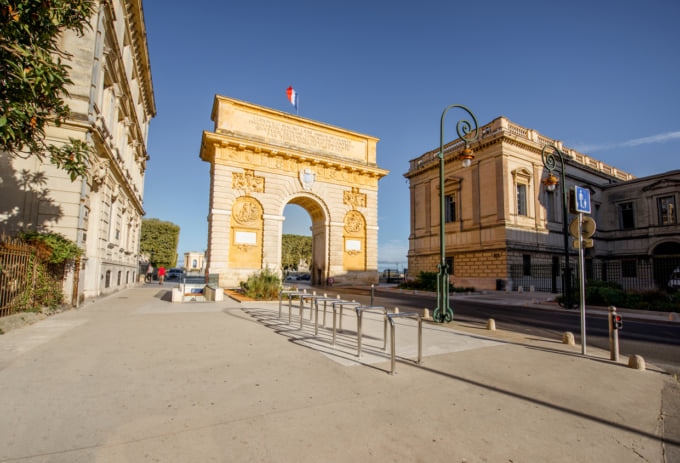
Forming the gateway to the old town of Montpellier, the Arc de Triomphe, 15 meters high, built in 1691 in honor of Louis XIV, is at the end of Rue Foch and faces the promenade of Peyrou. Next door is the imposing Law Courts, La Rue Foch is impressive for its beautiful 19th-century buildings.
Name:Triumphal Arch
Address:rue du Mar.-Foch, 34000 Montpellier
Related Site : https://www.montpellier-france.com/offre/fiche/triumphal-arch/PCULAR034V50LN56
4. The Peyrou Promenade
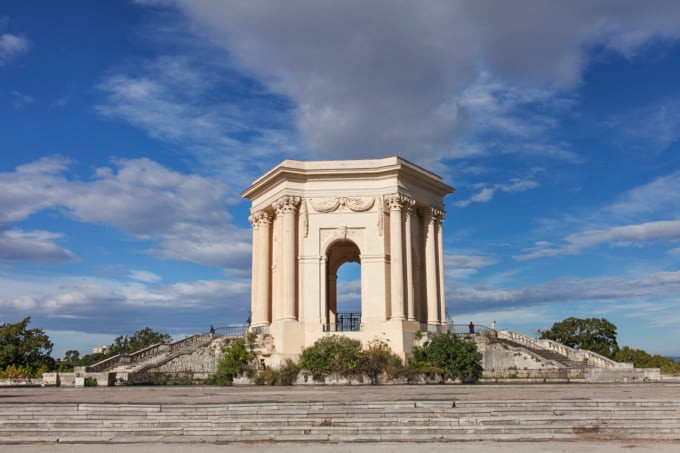
Pass under the Arc de Triomphe, and you arrive on the Promenade du Peyrou, a park on two levels, dating from the 17th to the 18th century, which offers a beautiful view as much on the Cevennes as on the sea. Indeed, the climax of Montpellier. In the center stands an equestrian statue of the Sun King, dating from 1828, while at the western end of the terrace is a monumental water tower listed as a historical monument. The Saint feeds it - Clément aqueduct, built between 1753 and 1766, and 14 kilometers long which ends with the "Arceaux" 21.5 m high. On both sides of the water towers, stairs lead to the Boulevard des Arceaux where the market is held.
Name:The Peyrou Promenade
Address:34000 Montpellier
Related Site : https://www.montpellier-tourisme.fr/offre/fiche/place-du-peyrou/PCULAR034V50VDYM
5. The Garden of Plants
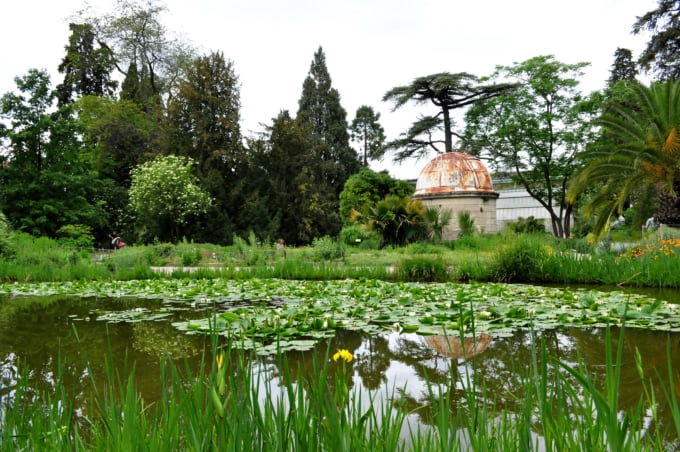
Photo by Mathilde Rozelot Ortuno
The oldest botanical garden in France, created in 1593 by Pierre Richer de Belleval, is worth a visit. The poet Paul Valéry would have composed some verses by chewing rose petals. Discover tropical greenhouses, but also a 200-year-old silver apricot (or Ginkgo) and a 16th or 17th century Phillyrea latifolia that served as a mailbox for lovers, who hid messages in the crevices of his gnarled trunk. From Peyrou, get off on Boulevard Henri IV, and you will come across the garden of plants.
Name:The Garden of Plants
Address:Boulevard Henri IV, 34000 Montpellier, France
Related Site : https://www.umontpellier.fr/patrimoine/jardin-des-plantes
6. St.Peter's Cathedral
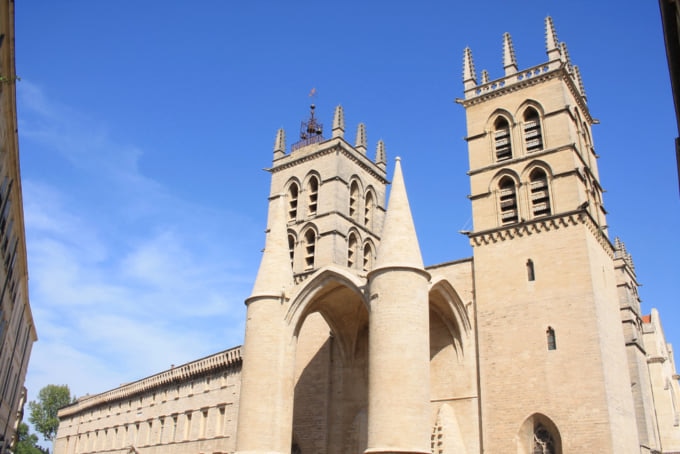
Photo by Picturereflex/shutterstock.com
Not far from the Jardin des Plantes is one of the most impressive buildings in the city of Montpellier. St. Peter's Cathedral, Gothic style, was founded in 1364 after the wars of religion and restored in 1867. Its facade is adorned with two impressive towers that serve as arched entrance immense.
Name:St.Peter's Cathedral
Address:Boulevard Henri-IV, 34000 Montpellier, France
Related Site :https://www.cathedrale-montpellier.fr/
7. The Anatomy Museum and the Atger Museum
Nicknamed "The Museum of Horrors", you'll find misshapen skulls, hearts, livers, lungs, and bizarre sexual organs, all of these authentic specimens being preserved for centuries to help study anatomy. You will have to pass in front of a two-headed fetus in a glass jar. A weird and unusual museum that is one of the best museums in the world. The medical collections also include an exceptional collection of drawings and prints at the Atger Museum. Right next to the Anatomy Museum and Saint Peter's Cathedral, the venerable Faculty of Medicine, a former Benedictine monastery, is home to this museum which is the oldest in Montpellier.
Name:The Anatomy Museum and the Atger Museum
Address:2 rue de l'Ecole de Medecine, 34000, Montpellier, France
Related Site : https://www.montpellier-tourisme.fr/offre/fiche/musee-et-conservatoire-d-anatomie/PCULAR034V50LNYE
8. The Crypt Notre-Dame-des-Tables
The church Notre-Dame-des-Tables, located under the place Jean Jaurès, was destroyed during the wars of religion at the beginning of the 16th century. His name refers to money changers who, in the 12th century, had their tables set in what was then a bustling market. Long closed to the public, it hosts the Museum of History of Montpellier.
Name:The Crypt Notre-Dame-des-Tables
Address:Notre Dame Square - Rue de l'Aiguillerie, Montpellier, France
9. The Fabre Museum
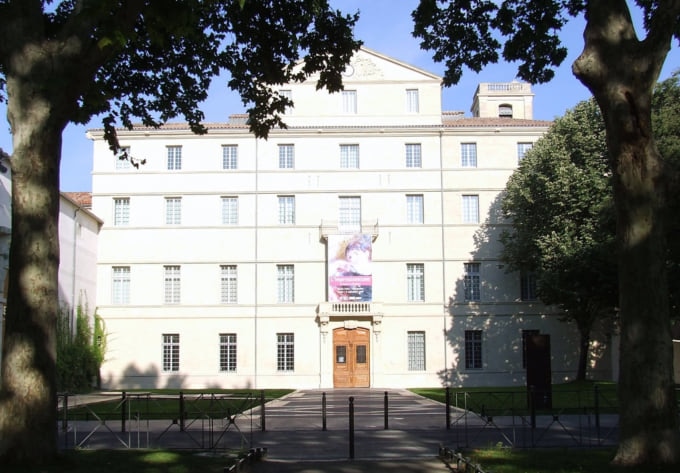
The Fabre Museum is Montpellier's leading art museum and houses one of the most extensive collections of French paintings outside Paris. The museum is located east of the Ecusson and overlooks the Esplanade Charles de Gaulle. Take the time to go; the permanent exhibition is worth it. And do not forget that on the first Sunday of each month, admission is free. The Fabre museum is open every day, except Mondays.
Name:The Fabre Museum
Address:39 Bd Bonne Nouvelle, 34000 Montpellier, France
Related Site : http://museefabre.montpellier3m.fr/
10. The District of Antigone
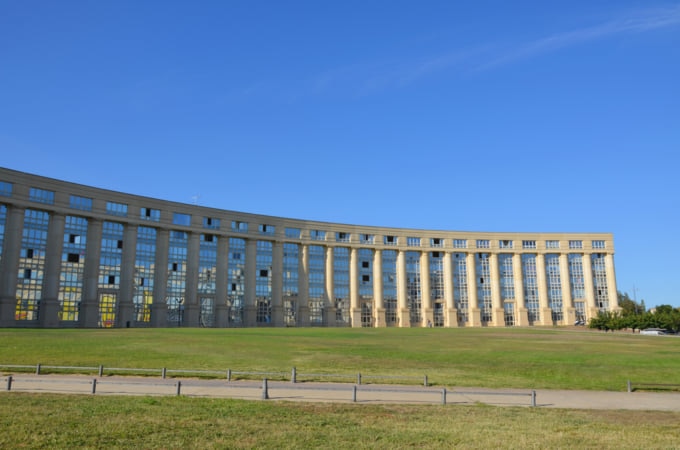
Photo by umat34/shutterstock.com
From the Place de la Comédie, head for the Polygone, a large shopping center with many shops, and cross it to the end. On the other side, you will arrive in the district of Antigone. No, you have not changed cities. Only architecture. The architect Ricardo Bofill has built this neighborhood that extends to the river Lez and is an excellent example of post-modern architecture. Enjoy the lawn of the Esplanade of Europe to admire the Hôtel de Region, on the banks of Lez.
Name:The District of Antigone
Address:Montpellier, France
Related Site :
◎ Closing
You will see that Montpellier has many things to make you discover, but you will be just as surprised by the treasures that are in the vicinity of what is nicknamed Clapas or "La Surdouée". A nice stay to plan so, and that's why we summarized the best things to do in the capital of Languedoc if you come to visit for the first time.
RELATED ARTICLES
REGIONS
CATEGORIES
FEATURED ON France
-
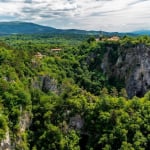
Introducing All 5 World Heritage Sites in Slovenia! Explore the Magnificent World Heritage of This Small Country
-
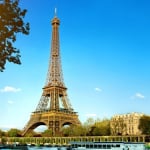
There are so many stylish items! Let me introduce you to Paris souvenirs that are a joy to receive
-
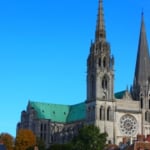
[World Heritage] What is Chartres Cathedral? A world of light France is proud of
-
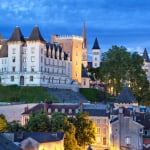
Hometown of King Henry IV of France! 4 sightseeing spots in Pau overlooking the Pyrenees Mountains
-
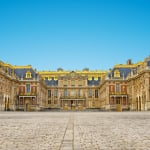
[World Heritage] Introducing the Palace of Versailles ◎ The garden built by a king’s stubborn will!?
MOST POPULAR ON France
-
 1
1Doha: Must-see Attractions in the Capital of Qatar
-
 2
2Toronto: 10 Things to do in this Picturesque Canadian City
-
 3
3Amarillo: A City Famous for It’s Amazing Canyons, Great History and Music
-
 4
4South Korea: Dazzling Scenery, Rich Culture and Fascinating History
-
 5
5Kuwait: A Country in Middle East Asia Famous for Hot Sand Dunes and Stunning Cityscape





